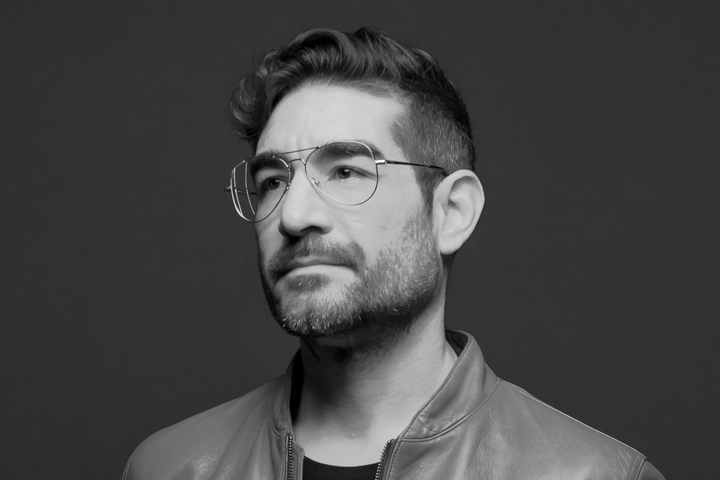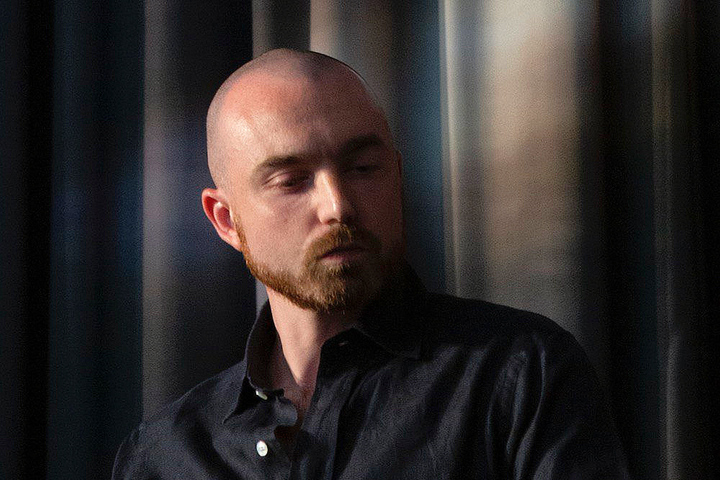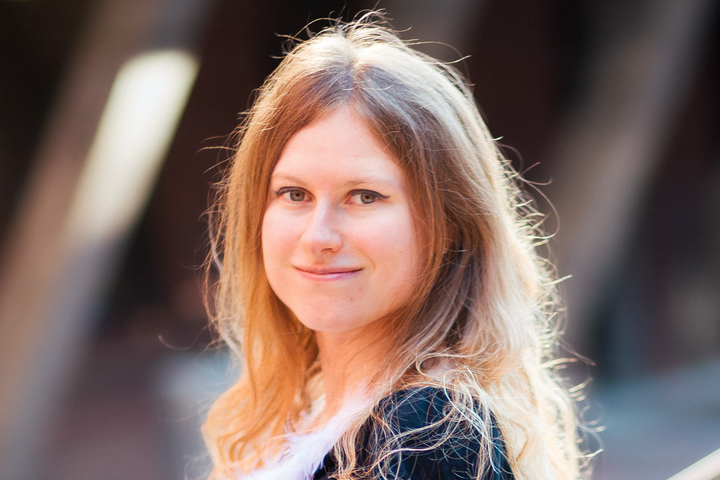Sylvain Levy, on Collecting as a Family Adventure Since Thirty-Seven Years, Being Timely and Timeless, and the Brutality of Art History
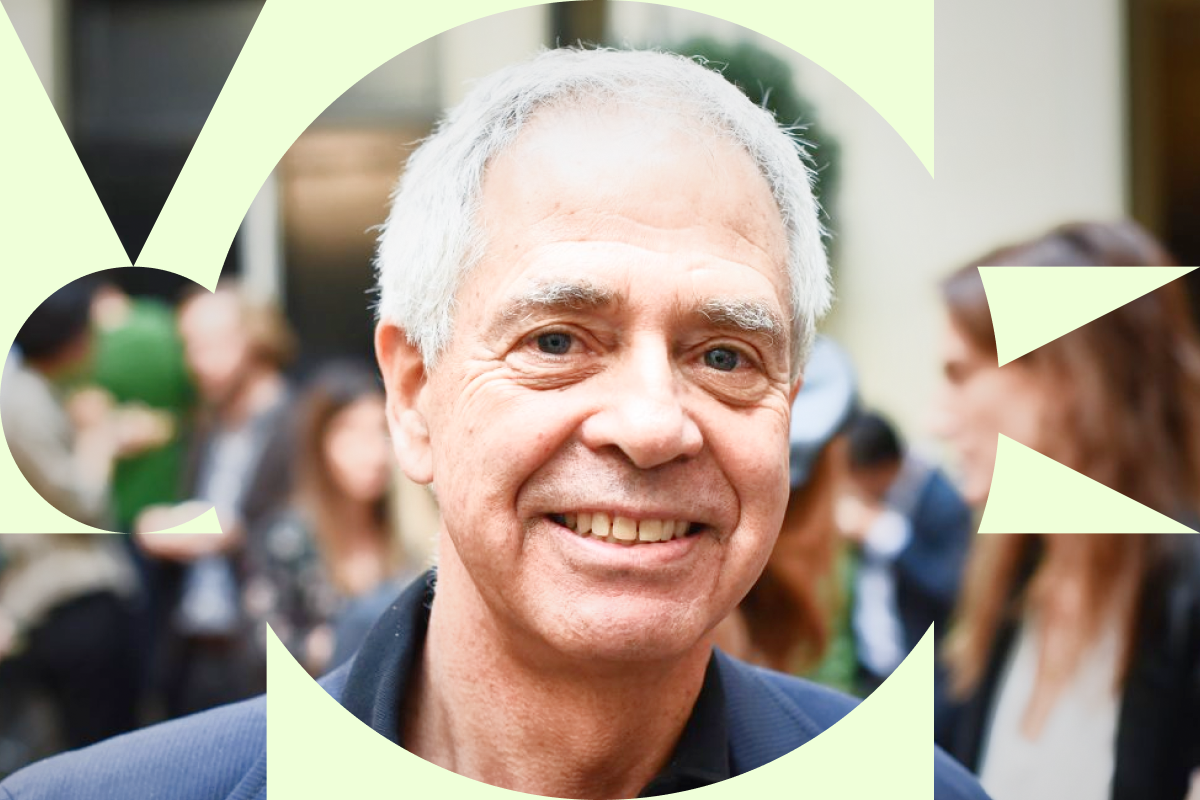
How did your art collecting journey start?
My wife Dominique and I started collecting thirty seven years ago. We were mainly interested in the Western production of contemporary artists such as Robert Rauschenberg, Manolo Valdés, and Antoni Tàpies. Over time, we also turned to design and bought an impressive number of objects by Ron Arad, Marc Newson, and Ronan & Erwan Bouroullec, thus creating a dialogue between artworks and objets d’art, between artists and artisans, yielding the very powerful idea that the hierarchy of the arts is often a lure. In 2005, during a trip to Shanghai, we visited Ding Yi's studio and fell in love with his work. We then started a new collection, now known as DSL (our initials), which today includes about 350 works. The dslcollection is conceptualized as to limit the number of works to 350, adding and subtracting 10% every year through vigorous editing to keep it contemporary, and inspired by the “non finito” spirit of Michelangelo and Rodin, which is about unfinished works and refusing the quest for perfection.
We believe that art is one of society’s mirrors. Chinese contemporary art is radical—not only relative to an inward-looking Western canon, but also to traditional Chinese art history, its sensibilities and methods. We collect Chinese contemporary art not as an identity, but because it is provocative, challenging, and deeply rewarding. The collection would like to be the antithesis of a collection dedicated to a white cube and rather follow the spirit of the cabinet of curiosities. It is about storytelling, mirroring our family’s journey, but also about creating an esthetic experience.
What is an entrepreneurial collector?
Today’s technology is increasingly embedded in our daily lives. Consequently, the DSL collection is an ongoing cultural and entrepreneurial project, embodied by a family adventure and a collection of art and science. Our vision is about building a timely and timeless cultural brand, always on the move and agile. Craziness is an important part of the entrepreneurial spirit, and so is thinking outside the box, creatively and strategically to effectively translate a story to the largest possible audience.
What strikes you the most, art or commerce? Did you ever compromise on any of these aspects?
What strikes me the most is that the media hype for auction results will always be, in our current age, greater than for any extraordinary exhibition anywhere in the world. This is because the art/money pairing is far stronger than art alone.
Conversations about art today are of an inferior quality than twenty years ago. They are also more pretentious–buzzwords without research. The dealers all talk like academics amongst themselves, and they lecture collectors. There is no longer the intimate experience of the art itself that I knew when we began collecting. At that time, it was the Leo Castelli model. The gallerist was accessible in the gallery, and the artist made his career and his market in the same gallery, not at auction houses and fairs.
What I also find striking is how the notion of art has evolved. Today it is a complex blend of luxury, financial assets, entertaining experience, and culture. The creative value of art is comparable to the luxury industry because art is more and more the ultimate luxury good.
What was your first encounter with NFT art and what was your initial impression?
Like many people, it was related to Beeple’s sale at Christie’s. It gave me food for thought on the notion of digital collectibles, decentralized ecosystems, new types of communities, and currencies.
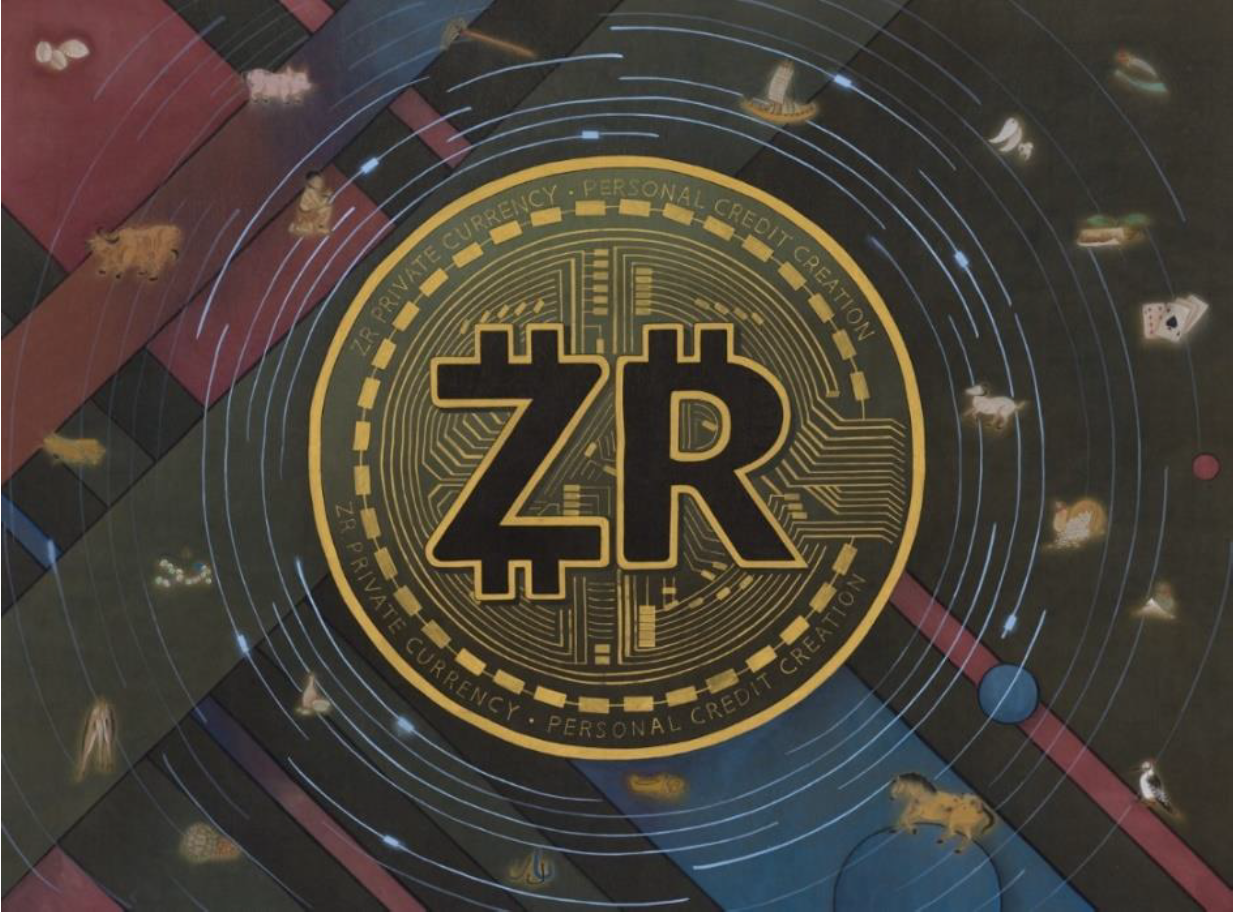
What was your first NFT purchase?
It was an NFT by CryptoZR (Liu Jiaying). She began using blockchain technology for artistic transformation in 2016 and has since continuously developed singular creative languages with this medium. That work was exhibited in a solo online and offline exhibition titled “cookie Cookie,” and curated by Li Zhenhua at the Guardian Art Center in Beijing, in May 2021.
From your perspective, what is high-quality NFT art and where can a collector find it?
Collecting NFT art is far more than just buying and selling artworks. The factors that motivate me to invest in crypto art include supporting the artists; the desire to legally own digital art; belonging to new types of communities; and consequently increase the visibility of the collection. The artistic aspect is critical. I always ask these questions: Who is behind the project? Is there a true scarcity? Is the project truly decentralized? What makes the asset valuable? And is this value likely to increase or decrease over time?
How would you describe dos and don’ts in NFT and digital art collecting?
The challenge is that many of these NFT and digital projects create no value and no desirability, because an NFT without a story is the same as a blank canvas–on its own, it’s worth nothing. What makes it valuable is the story it tells about the artist’s work, talent, and fame. Many NFTs are dead on arrival, they are just part of the hype and respond to FOMO. Nevertheless, NFTs, digital art, and experiences will become more and more important in the future because they represent the right tools for authentication, and create markets on the metaverse and the creator economy. They have also opened to new types of artists and allow them to break into the traditional art ecosystem. According to Ariel Hudes, head of Pace Verso (Pace Gallery), “There’s yet to be a meeting of traditional and digital collectors, much less a migration, especially as the crypto art world might be alien to traditional collectors, and vice versa [...] People feel so intimidated by terms [...] If you lower that barrier, then I think more people would be exploring.”
How do you share the time between checking art in real life and online?
We spend a lot of time in museums, but also getting in touch with Chinese contemporary art, mostly through WeChat. Born into a screen-based world, today’s new generation moves in and out of the physical and virtual worlds at ease–each one is real to them. We are phygital: physical by loaning works and digital through several projects. Since 2005, we went from a website to a 2D to a 3D museum, and in 2012, to a museum in Second Life; and now, we use augmented reality and virtual reality and our latest digital projects are related to video games and the metaverse. We were among the first ones to build a VR museum two years ago. As emphasized by professor Paul Verschure, a virtual museum complements and enhances the museum experience “through personalization, interactivity, and richness of content.” Therefore, the ontology, perception, and dissemination of artworks are being renegotiated with the use of virtual reality. We have been showing our portable museum in many different events, and have been surprised by the reactions of both older and younger generations.
Since the first art NFT appeared in 2014, how did NFT art change?
Using the NFT as the “digital collectible'' the artworld was able to sense demand and create something of extraordinary value for a very specific target group. On top of that, NFTs has benefited from a boost in interest from brands, started conversations among people who would otherwise not consider artists or artworks, and opened art to new markets. This is why being strategic about digital assets and communities is so critical and why metaverse projects should never be done as a tactical experiment or as a measure to generate some short-term hype.
What is your take on the future of NFT art?
Society is increasingly centered on digital creativity and NFT art will remain because it allows sustainability for digital creativity, which proved true in the past year beneath all the sensation. For digital artists, NFTs represent an important breakthrough: they are now able to get money for previously unvalued work and gain an audience outside of the traditional art system. On the other hand it is a space that requires artists to constantly market and promote themselves, and it is exhausting.
What are your dreams when it comes to developing your collection?
Can a collection remain contemporary and outlive its founders? That’s why I like to consider being both timely and timeless. To pursue timelessness is to exist only in the traditional sense of a collection: accumulating works in a static manner, irrespective of society’s shifts and new conceptual developments. To be only timely, means becoming ephemeral or subsumed into an increasingly crowded and competitive milieu.
Cultural institutions of the future will be mutable, both physical and virtual, evolving from places of art storage and preservation to sites of ongoing knowledge production and exchange. But you always have to remember that the gap between opportunities and risks is very small in our current globalized world of digitization and acceleration. Art history is brutal: very little will remain.
Sylvain Levy is a collector who cofounded the dslcollection (DSL) with his wife Dominique in 2005. An important collection of contemporary Chinese art, it encourages its discovery, visibility, and study, based on openness, nomadism, and sharing; and includes the use of innovative technologies to broaden its audience’s vision of contemporary culture.

